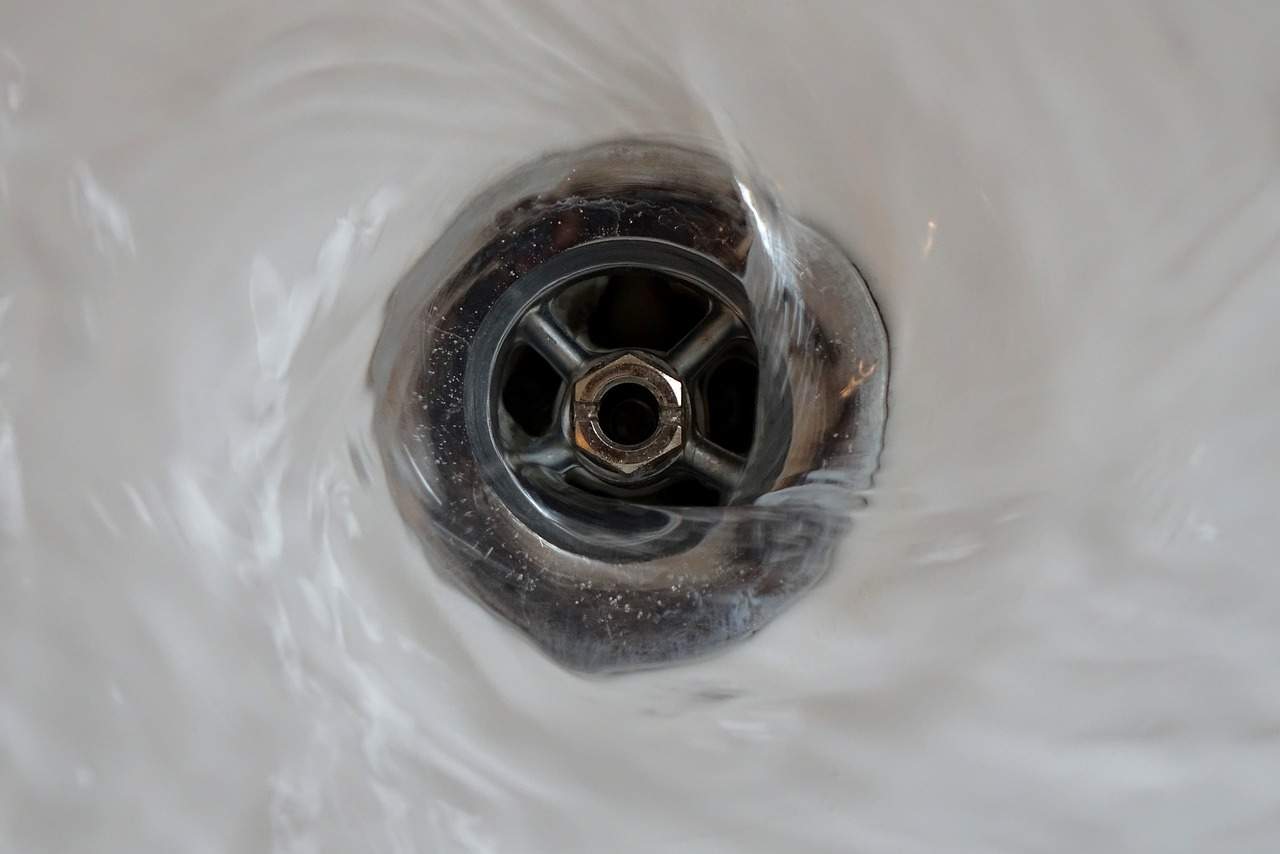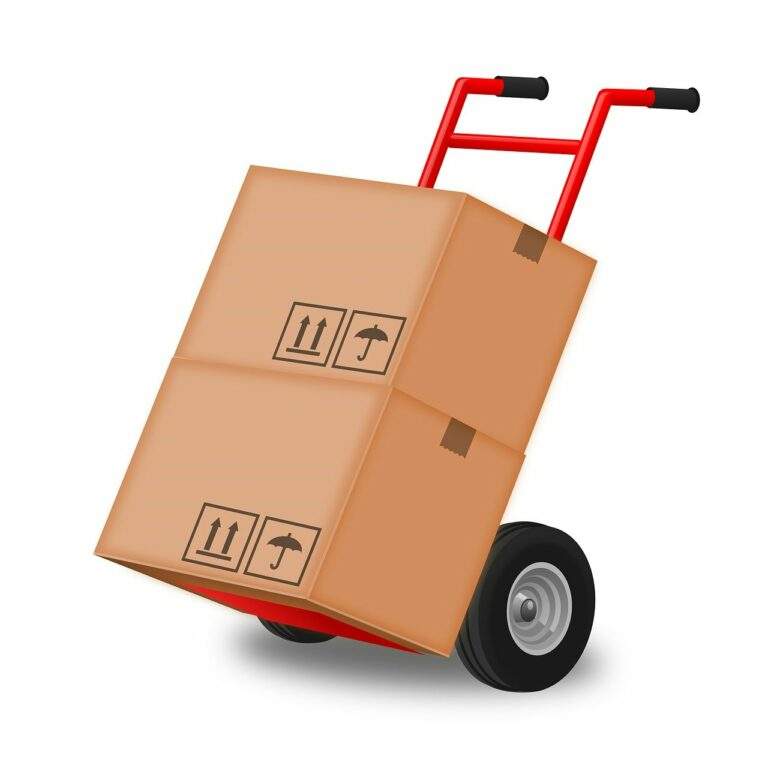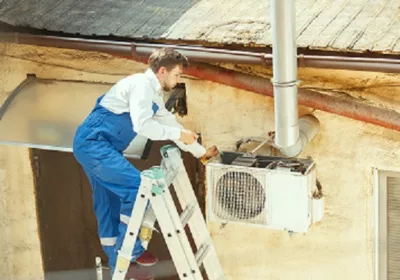
Understanding the Different Methods of Drain Cleaning
Traditional drain cleaning methods like snaking and rooting involve metal rods or handheld devices to break down clogs. These devices usually use chemicals like lye, peroxide, or sulfuric acid, potentially harming the environment and your pipes.
Hydro jetting, on the other hand, uses high-powered water pressure to scour pipes and eliminate debris. This method requires specialized tools and equipment and is best left to professionals.
Chemical Drain Cleaners
Chemical drain cleaners, available in liquid or gel form, dissolve organic material like hair, grease, and food that block your pipes. They work fast and are inexpensive, making them a popular choice for homeowners. However, they harm your plumbing system and irritate your eyes, skin, and nose. They also give off dangerous fumes.
Caustic drain cleaners contain lye and caustic potash, which are bases that elicit a chemical reaction with clogs to create hydroxide ions. This generates heat that melts grease and turns soap into a liquid. They are heavier than water, so they can travel through standing water to reach a clog.
Oxidizing drain cleaning services have a lower pH than acidic ones and contain household bleach, peroxides, or nitrates. They release chemicals that pull electrons from the clogged material to make it more soluble. These products are less hazardous than acidic cleaners but may be less effective against hard-to-break-down clogs.
Hydro Jetting
Hydrojetting is a powerful drain-cleaning method that uses water to clear clogs, debris, and waste buildup in pipe walls throughout the plumbing system. It involves a large water tank that pressurizes water to a specialized nozzle. Plumbers then feed the nozzle into plumbing and sewer lines.
The nozzles are designed to direct the water at different angles, which helps them clean more thoroughly. The high water pressure also ensures the pipe walls are nondamaged.
Restaurants frequently use this method, as their plumbing often sees fats, oils, and grease (FOG) that can clog pipes. The extreme water pressure cuts through any material that’s the blockage and flushes it away. This is a great way to eliminate the smelly clogs that can also plague residential properties. It also helps eliminate the bacteria that can develop in drains without proper maintenance. It can help prevent the build-up of future clogs as the water scours the pipe wall to remove debris, grease, mineral scale, and food particles.
Drain Snakes
You have probably heard of or even used a drain snake. These are flexible cables with a drill on one end that latches onto clogs, breaking them up or pushing them out of the pipe. It is often reserved for difficult clogs that cannot be loosened with a plunger. You can find a variety of them at most home improvement stores. Before using one, make sure you’ve your bucket and rubber gloves. Loosen the screw holding the cable housing and feed it into the clogged drain pipe, rotating the handle clockwise. If you feel resistance, the snake or auger has encountered a clog or a bend in the pipe.
To avoid damaging your pipes, you should only use a drain snake when necessary and know how to do it correctly. If you don’t have experience, it’s best to call a professional. A professional will also have a broader range of tools to choose from.
Baking Soda
Baking soda (sodium bicarbonate) is a natural product with solid cleaning, scouring, and deodorizing properties. It’s a tasting agent in baked goods and has many other uses in kitchen and home care.
It’s an It’sse salt and can be used to polish silver, remove tarnish from aluminum, clean abrasive pots and pans, remove mildew buildup, and neutralize odors. It’s also commonly added to laundry as a fabric softener and odor neutralizer.
The prefix “bi” in”ba” ing soda refers to the fact that it is an alkaline compound and, when mixed with acid, creates carbon dioxide gas. Keeping baking soda away from moisture and heat in a sealed container is essential since it can decompose rapidly. A simple test to see if your baking soda is still good is to pour a teaspoon into a small bowl of vinegar and stir it. The mixture should bubble vigorously if it is fresh.
Boiling Water
Boiling water is an effective disinfection method as it kills many pathogenic organisms, such as bacteria and viruses, that cause food-borne illnesses and other health issues. This technique, also known as pasteurization, requires that the water be heated to the boiling point and held at that temperature for a specified period.
Water undergoes several dramatic physical changes during this process, including transitioning from liquid to steam and gas. As the water boils, it becomes filled with bubbles, which erupt from the pot’s surface and rise to the top.
The bubbles are oxygen and hydrogen that are escaping from the water. While boiling can remove some chemicals, such as chlorine and lead, it does not eliminate them. This means drinking boiled rivers or seawater could pose health risks and issues, especially in emergencies when alternative clean water sources are unavailable.















